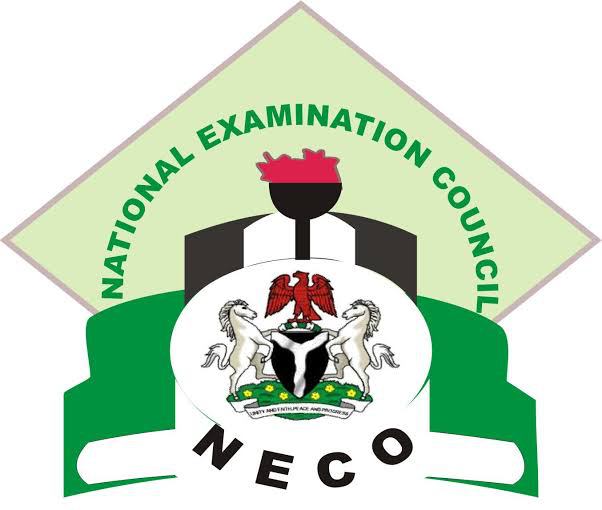WE DON’T DO FREE RUNZ
IT IS BETTER TO SUBSCRIBE A DAY BEFORE EACH PAPER
POSTED AFTER EXAM AS PROOF
Biology
(1a)
The branch of biology that involves the use of specimen A, B, C, D, E and F is ecology.
(1b)
A – It is used for measuring temperature or determining the degree of hotness or coldness of an object/organ/organism
B – For measuring the amount/volume of rainfall in an ecosystem
C -To measure the length, height and width of an object/organsim
D – For collecting insects/creeping/crawling animal.
E – For finding wind direction.
F – To estimate the population of plants in an ecosystem.
(1c)
B – The specimen is stationed above ground on an open space. After rainfall, the volume of water found in the glass bottle is measured with a cylinder as the volume of rainfall.
D – The net is skimmed on the water surface so as to collect the desired specimen.
(1d)
DARWING
(1e)
Specimen D
(i) Small aquatic organisms eg Amoeba
(ii) Small insects eg mosquito.
Specimen F
(i) Plants specie in a grassland eg spear grass.
(ii) Animal specie in a grassland he grasshopper.
(2ai)
Kingdom – Animalia
Class – Aves
(2aii)
The specific location is the wings.
(2aiii)
Fowl
(2bi)
In a tabular form:
Under Specimen H
-Light brownish in colour
-Obtained from animal.
-The barbs are joined.
-The shaft is made of cuticle.
-It acts as an organ of insertion.
-specimen is soft and fluffy.
Specimen J
-Green in colour.
-Obtained from a plant.
-Each leaf is separate from one another.
-The shaft is made of wood.
-Acts as an organ of photosynthesis.
-Specimen is hard.
(2bii)
(i) Both have shaft
(ii) Both have vane
(iii) Both have rachis
(2c)
H – It is used for flying.
J – it is used for photosynthesis.
(2di)
The light weight of the specimen.
The streamlined structure.
The smoothness of the vane.
(2dii)
Presence of green colouring material(chlorophyll).
Its position on the body of the plant.
(4)
(i) Sex of specimen P – male cockroach
(ii) there is presence of jointed appendages legs
(4b)
P – it can be found in increvices
A – It can be found in an open field, farm land
(4bii)
Adaptation of P
Possession of antenna for detecting food
Compound eye for wider view
Possession of jointed pair of legs
(4biii) Adaptation of Q
Possession of Chitinous body cover for protection
Presence of wings for flight
Mandibuate mouth part for chewing
(4c)
Structural difference between P and Q
TABULATE:
SPECIMEN P:
Dorsa ventrally flattened to allow passage through cracks
SPECIMEN Q:
Possesion of chitinous body covers for protection
(4cii)
(i) Both have antenae
(ii) Both possesses flying wings
(iii) Both have chewing mouth parts
(4di)
Biting and chewing
(4dii)
Grass or leaves
(4e)
DRAWING



Leave a Reply